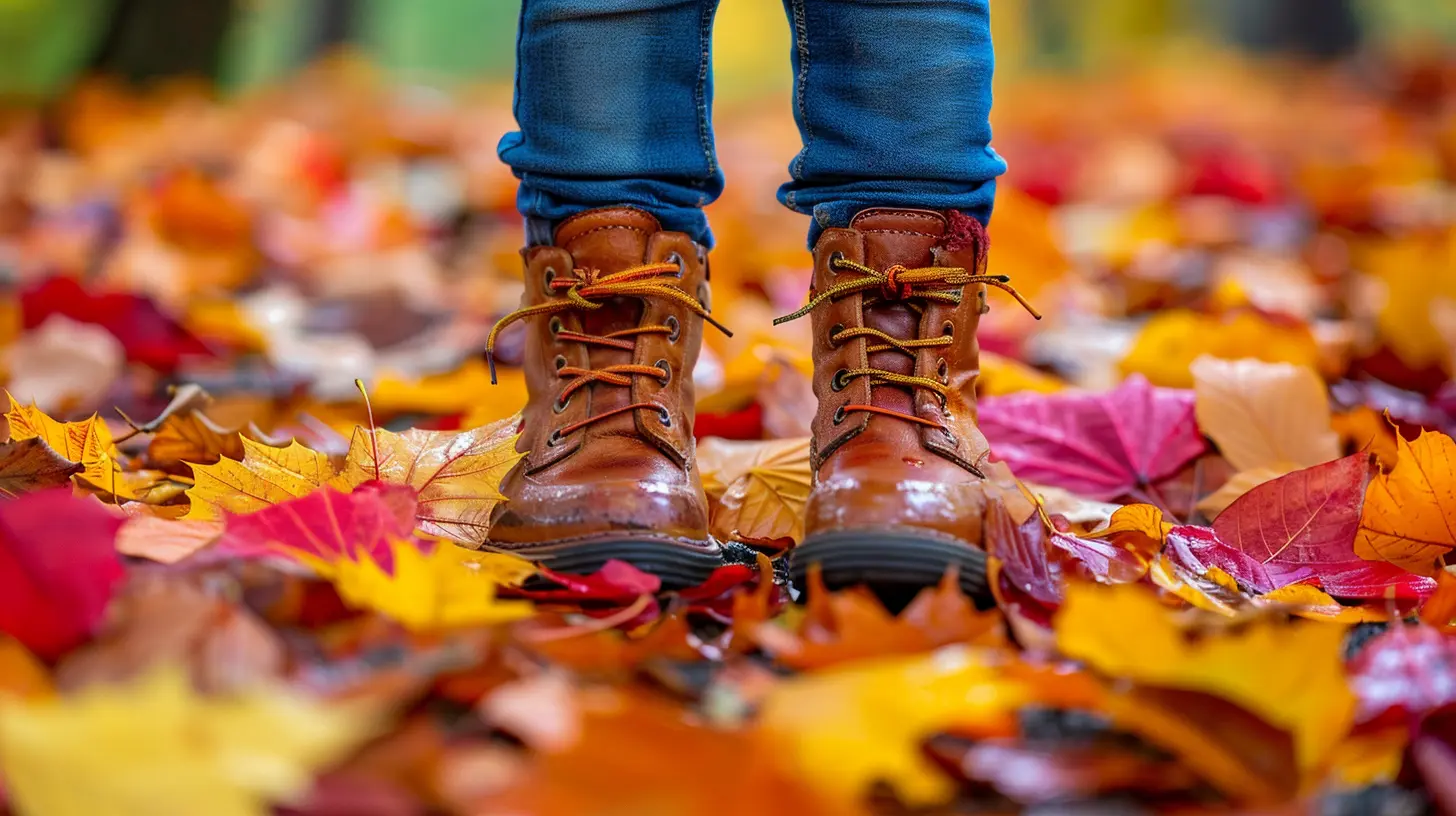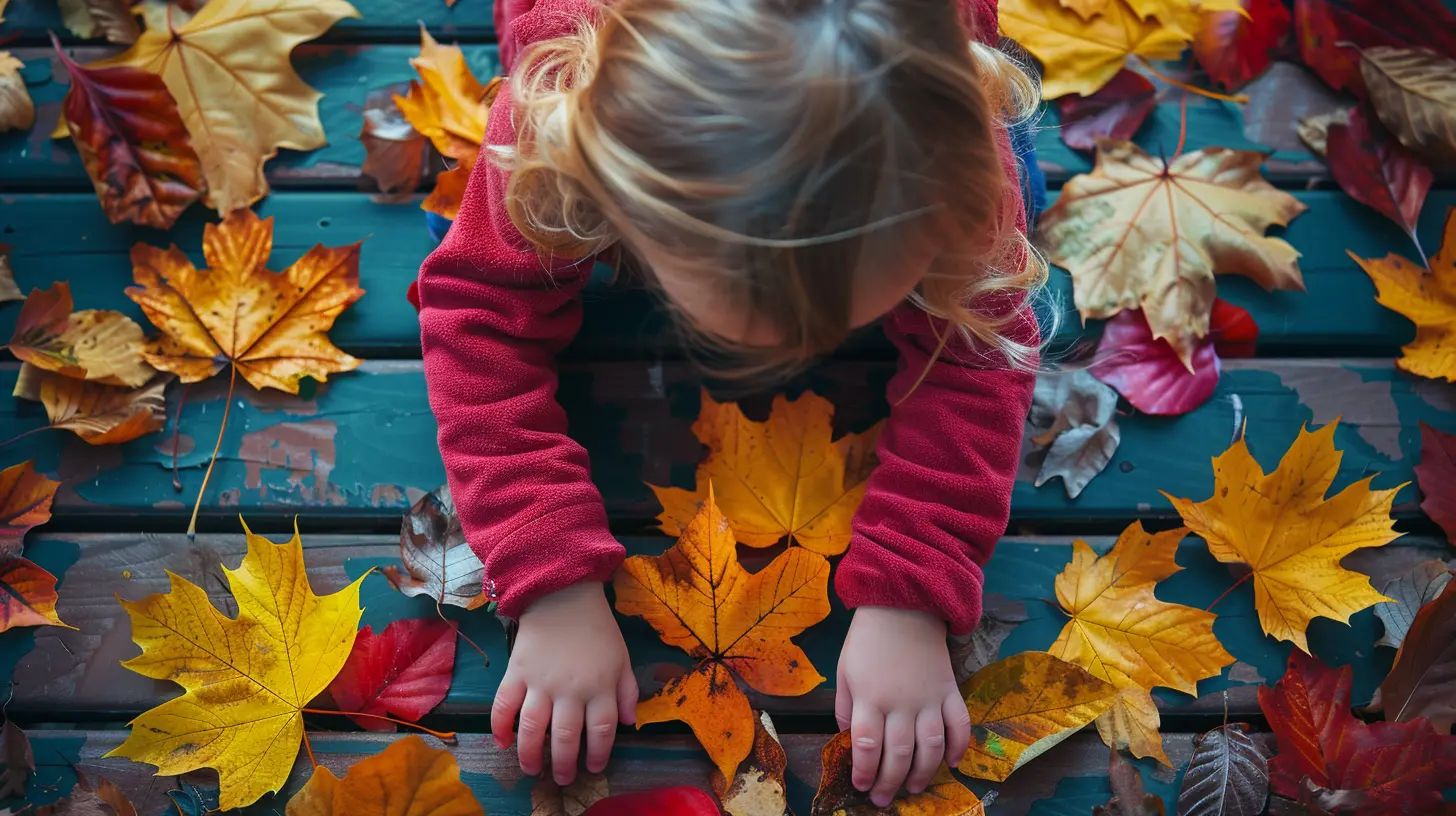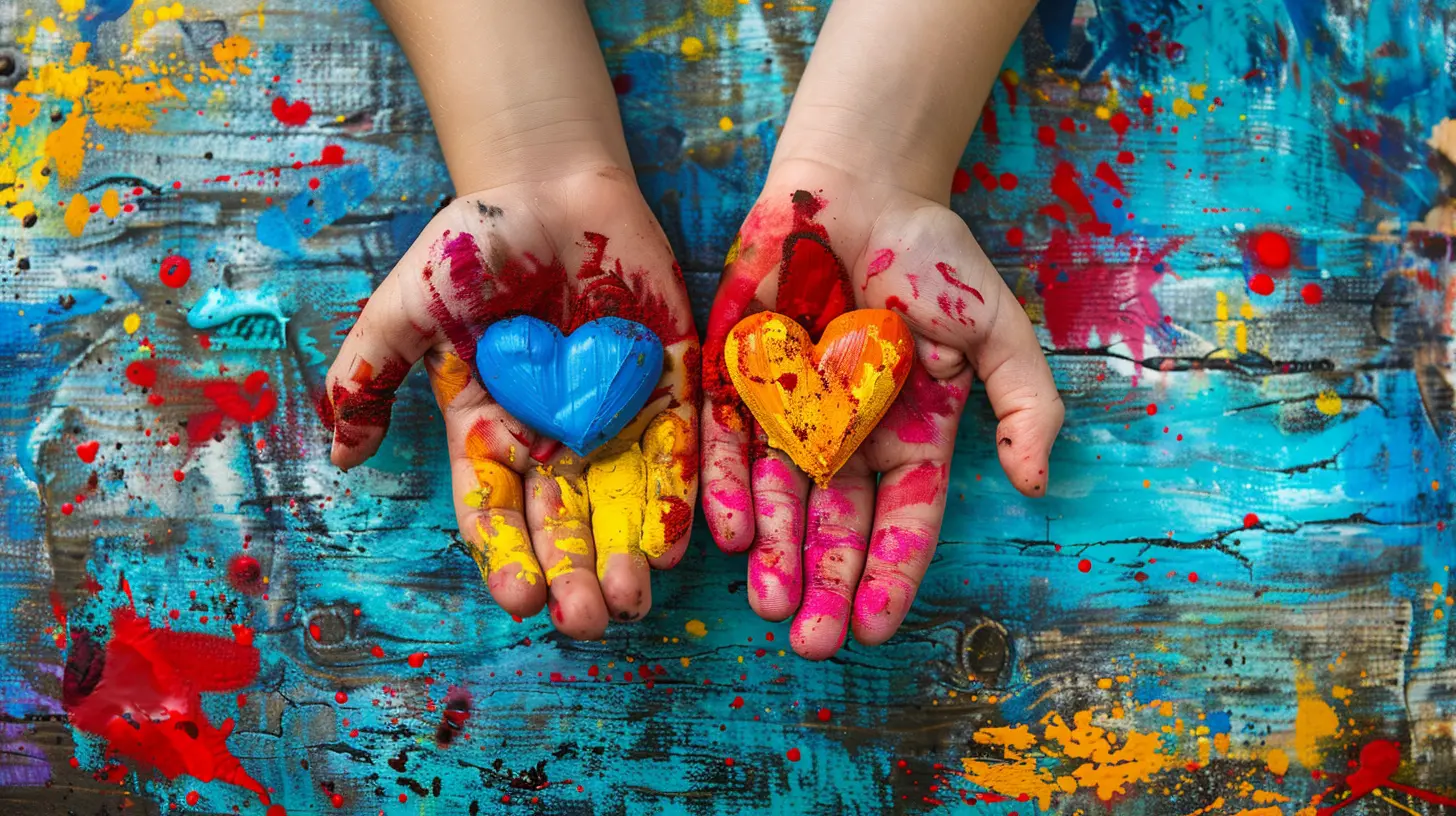Family Gratitude Challenges: Fun Activities to Foster Appreciation
13 October 2025
Gratitude. It's one of those qualities we all want our kids to have, right? A thankful heart makes for a happy life—and let’s be honest, a smoother ride for us as parents. But in a world where stuff is just one click away and endless entertainment is at our fingertips, teaching kids to be truly grateful can feel like an uphill battle.
Don’t worry—you’re not alone. That’s why we’re diving deep into Family Gratitude Challenges: Fun Activities to Foster Appreciation. This guide is all about making the lesson of gratitude not just meaningful but also enjoyable for the whole family.
Let’s turn “thank you” from a polite reflex into a way of life.
Why Gratitude Is a Big Deal for Families
Before we jump into the activities, let’s take a quick look at what makes gratitude so important.Gratitude isn’t just about saying “thanks.” It’s a mindset. A habit. A way of looking at life and noticing the good—even during the tough stuff. For kids, practicing gratitude helps increase happiness, improve relationships, and boost self-esteem. For parents? Well, it can help reduce stress and remind us that even when things feel wild, we’ve got some pretty amazing moments sprinkled in.
Sound like something your family could use more of? Yup, we thought so.
Ready, Set, Gratitude! How to Launch a Family Gratitude Challenge
Starting a gratitude challenge doesn’t require a Pinterest-perfect setup or hours of free time (because we all know those don’t exist). What you need is consistency, creativity, and a sprinkle of enthusiasm.Here’s a quick launch guide:
1. Pick Your Timeframe – 7, 14, or 30 days? Choose what works for your schedule.
2. Make It Public (in your home) – Create a simple gratitude chart or board where everyone can see it.
3. Get the Whole Crew On Board – Let everyone (yes, even the toddlers) play a part.
4. Keep It Fun – Mix things up with different activities to keep interest high.
Now that we've set the stage, let’s dig into the fun part—the activities!
1. The Classic Gratitude Jar
Let’s start simple.Grab a jar, a stack of paper slips, and some pens. Every day, each family member writes down one thing they’re thankful for and pops it in the jar. Do this for a week, or better yet, all month. At the end, sit down together and read them aloud.
Pro Tip: Decorate the jar together. Kids get way more excited about things when there are stickers involved.
2. Thank-You Note Day
Remember the joy of getting a handwritten note? Bring it back!Once a week, have each family member write a thank-you note to someone. It could be a teacher, neighbor, sibling, or even the mail carrier. This not only teaches appreciation but reminds kids that gratitude is an action, not just a feeling.
Bonus Idea: Turn it into an art project with drawings, stickers, or colorful paper.
3. The Gratitude Scavenger Hunt
This one’s a game-changer (literally).Create a checklist of things to find around the house or neighborhood that inspire gratitude. For example:
- Something that smells good
- Something that makes you smile
- Someone who helps you
- A favorite place to relax
Let the kids snap photos or draw what they find. Then, have a little show-and-tell. It’s a great way to help them notice the little things.
4. Dinner Table "Thankful Talks"
Dinnertime = prime connection time.Make it a rule that everyone shares one thing they’re grateful for during dinner. Big or small, it all counts. From “I’m grateful for spaghetti” to “I’m thankful Dad helped me with my homework,” it brings focus to the positives of the day.
Conversation Starter Tip: Ask specific prompts like “What made you laugh today?” or “Who was kind to you?”
5. 7-Day Family Photo Challenge
Grab your phones or cameras and assign a photo theme each day:- Day 1: Something that makes you feel loved
- Day 2: A place you love
- Day 3: A favorite person
- Day 4: Something that makes life easier
- Day 5: Something beautiful
- Day 6: Something funny
- Day 7: Something you made
At the end of the week, print the photos or make a digital slideshow. Watch it together and relive the memories.
6. Gratitude Tree Craft
Who says gratitude can’t grow?Draw or cut out a big tree and tape it to a wall or door. Each day, family members add a “leaf” with something they’re thankful for written on it. Over time, you’ll have a vibrant tree full of positivity.
Perfect for fall, but hey, a gratitude tree is in season all year long.
7. Gratitude Bingo
Make a Bingo card with gratitude-centered tasks in each box. Like:- Give someone a compliment
- Help with a chore without being asked
- Share a toy or snack
- Say thank you to someone and mean it
- Write down 3 good things about your day
Whoever gets Bingo first gets a prize—or just bragging rights (also valuable).
8. A Gratitude Playlist
Music speaks to the soul, right?Have each family member pick songs that make them feel thankful or happy. Compile them into one epic family gratitude playlist. Play it during chores, in the car, or while cooking dinner. It’s a mood booster and a great conversation starter.
9. Volunteer Together
Nothing teaches appreciation faster than helping others.Find a local shelter, food bank, park cleanup, or charity event where the whole family can pitch in. When kids see how others live and learn the impact of giving, it encourages deeper gratitude for what they have.
Even Better: Make it a monthly habit.
10. The "Grateful Me" Mirror
This one’s especially great for building self-love.Stick a dry-erase marker or sticky notes near a mirror. Each day, everyone writes one thing they’re grateful for about themselves. Confidence + gratitude? Yes, please.
Keeping It Real: What If My Kids Aren’t Into It?
Totally get it. Some kids might roll their eyes or drag their feet. That’s okay. Start small. Be consistent. And most importantly—model it. Kids watch us more than they listen (annoying, but true). If they see you practicing gratitude, they’ll catch on eventually.Remember, gratitude isn’t a one-time lesson. It’s a lifestyle.
Wrapping It Up: The Real Gift of Gratitude
So, here’s the thing. Life gets busy. Schedules fill up. Screens pull us in.But gratitude? It’s the anchor.
These family gratitude challenges might seem like simple activities, but they’re powerful. They build connection. They create memories. And they help everyone—yes, even us adults—slow down and see the good that’s already here.
Whether you commit to a 30-day challenge or sprinkle a few of these ideas into your normal routine, you’re planting seeds. Seeds of joy, appreciation, and togetherness.
And that’s something worth being thankful for.
Quick Start Checklist for Your Family Gratitude Challenge
Ready to hit the ground running? Here’s your cheat sheet:- [ ] Choose your timeframe (7, 14, or 30 days)
- [ ] Create a central gratitude space (jar, board, tree)
- [ ] Mix and match activities from the list above
- [ ] Set aside a few minutes each day or week to reflect
- [ ] Celebrate your progress at the end (maybe ice cream?)
Let the gratitude games begin!
all images in this post were generated using AI tools
Category:
Teaching GratitudeAuthor:

Max Shaffer
Discussion
rate this article
1 comments
Oren Black
Who knew gratitude could be a full-time family gig? Let’s all embrace those ‘thank you’ moments—because nothing says ‘I love you’ like a handwritten note on a napkin! Time to transform our thankful hearts into a family bonding sport!
October 15, 2025 at 3:27 PM

Max Shaffer
Absolutely! Embracing gratitude as a family not only strengthens bonds but also creates joyful memories. Let's celebrate those small moments of appreciation together!


